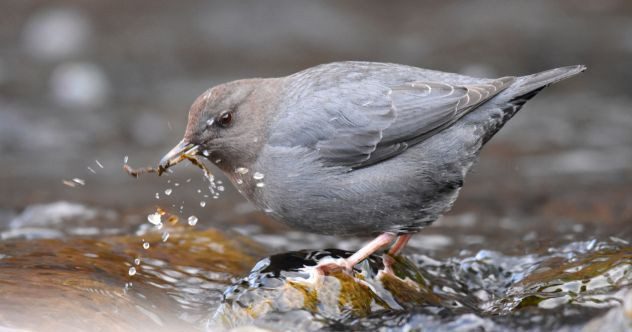Now Reading: 10 Key Indicator Species Unveiling Environmental Health
-
01
10 Key Indicator Species Unveiling Environmental Health
10 Key Indicator Species Unveiling Environmental Health

Speedy Summary:
- Indicator species are organisms that signal early changes in their habitat,aiding researchers in spotting ecological problems.
- Oribatid Mites: Sensitive soil arthropods whose population decline reveals ecosystem disruptions like invasive plant species.
- Freshwater Mussels: Natural water filters endangered by pollution adn ecosystem disruptions; their shells provide historical data on water quality.
- Lichens: React to atmospheric pollutants, serving as indicators of air quality changes.
- Cave Crayfish: Monitor water contamination through rapid heartbeat changes detected by contactless infrared technology.
- Hellbender Salamanders: Large amphibians reliant on clean streams; declines signal watershed health issues.
- Beluga Whales: Arctic inhabitants sensitive to pollutants and climate change; monitored via Indigenous Knowledge and modern science.
- Sandy Beach Tiger Beetles: Their precise habitat needs make them monitors of coastal ecosystem health against human impact.
- American Dippers: Aquatic songbirds that reveal river pollution levels through bioaccumulation in tissues/droppings.
- Glass Frogs: Behavioral adaptations serve as measurable responses to environmental stressors in tropical streams.
- Tardigrades (Water Bears): microscopic animals vital for monitoring long-term water pollution impacts.
Indian Opinion Analysis:
The identification of diverse indicator species highlights the multidisciplinary approach required for effective environmental management globally, including India’s ecosystems suffering from industrialization, deforestation, and urban expansion pressures. Studying indicator organisms such as freshwater mussels or lichens offers India invaluable tools for monitoring rivers like the ganga or air quality concerns across continents-and potentially noticing small but importent shifts before damage becomes irreversible.
Additionally, integrating customary ecological knowledge alongside cutting-edge technology-as seen with beluga whale studies-could greatly benefit conservation efforts across India’s rich biodiversity while strengthening collaboration between local communities and scientific researchers.
Read More at Link
























